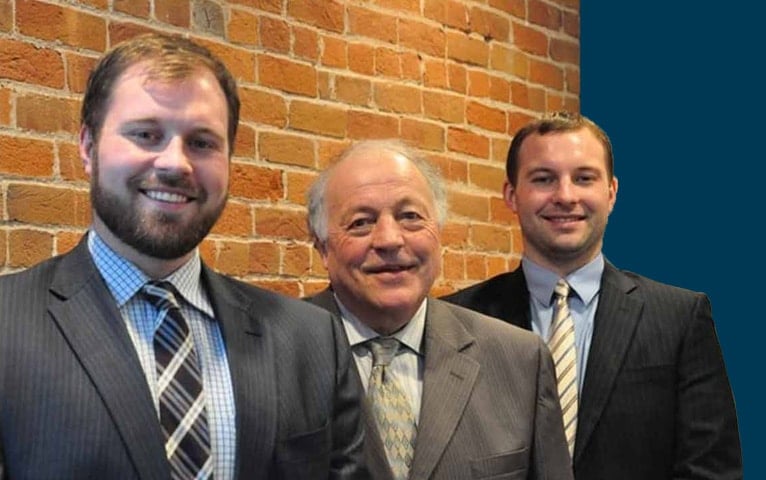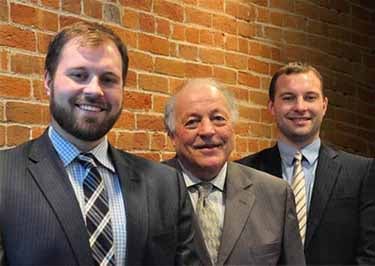There are different types of bankruptcy that can help people in a variety of difficult personal situations. Chapter 12 bankruptcy, for example, is useful for those running a farm or ranch operation that has experienced a few bad seasons.
Chapter 13 bankruptcy can help those with above-average income who also struggle with above-average debt. Chapter 7 bankruptcy is a good solution for those who do not earn much income even though they have a lot of financial obligations.
How people approach bankruptcy largely depends on the type of bankruptcy they intend to file. The decision of when to file is often a reflection of the hardship someone faces in relation to their financial obligations. One particular feature of bankruptcy often strongly influences when people file for bankruptcy relief.
People file when they need an automatic stay
The timeline for bankruptcy can go anywhere from a few months to more than five years. The average person struggling with sizable debts will wait as long as possible to file for bankruptcy. Most people would prefer to resolve the matter on their own without involving the courts. The decision to file is often forced on the person with debts due to actions by a creditor. Individuals and businesses owed money by someone will often engage in progressively more assertive collection efforts. They may start by sending letters and then begin making phone calls. That may progress to a lawsuit.
Successful creditor lawsuits can lead to foreclosure on homes, repossession of vehicles, garnishment of wages or liens against personal property. It will often be the threat of a lawsuit or the presentation of paperwork from a process server that pushes someone to file for bankruptcy.
A bankruptcy filing comes with the immediate protection of an automatic stay. The courts effectively prevent collection activity until someone has resolved their bankruptcy filing. An automatic stay can lead to the dismissal of pending lawsuits and can help someone hold on to collateral property when facing collection efforts related to secured debts. Even those who would prefer to avoid bankruptcy entirely often decide to file when they realize that creditors will take them to court.
The automatic stay is often only temporary. Some creditors can ask the courts to lift the stay. If the courts reject someone’s bankruptcy filing, collection activity will resume shortly thereafter. Those who file and secure a discharge, however, will not have to worry about future collection efforts related to the debts discharged in their bankruptcy proceedings.
Learning about the different aspects of personal bankruptcy can help people recognize when it may be time to consider filing. Seeking legal guidance can be helpful in gaining clarity in this regard.



